Nationality American | Name Mike Sekowsky Role Artist | |
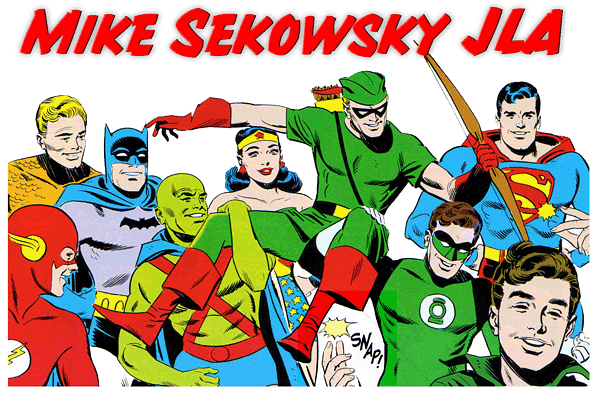 | ||
Born Michael SekowskyNovember 19, 1923Lancaster, Pennsylvania ( 1923-11-19 ) Books Justice League of America Hereby Elects Similar People Gardner Fox, Frank Giacoia, Dick Giordano, Gil Kane, Dennis O'Neil | ||
Justice league of america 1963 24 mike sekowsky
Michael Sekowsky (November 19, 1923 – March 30, 1989) was an American comics artist known as the penciler for DC Comics' Justice League of America during most of the 1960s, and as the regular writer and artist on Wonder Woman during the late 1960s and early 1970s.
Contents
- Justice league of america 1963 24 mike sekowsky
- Early life and career
- DC Comics
- Later career
- Awards
- References
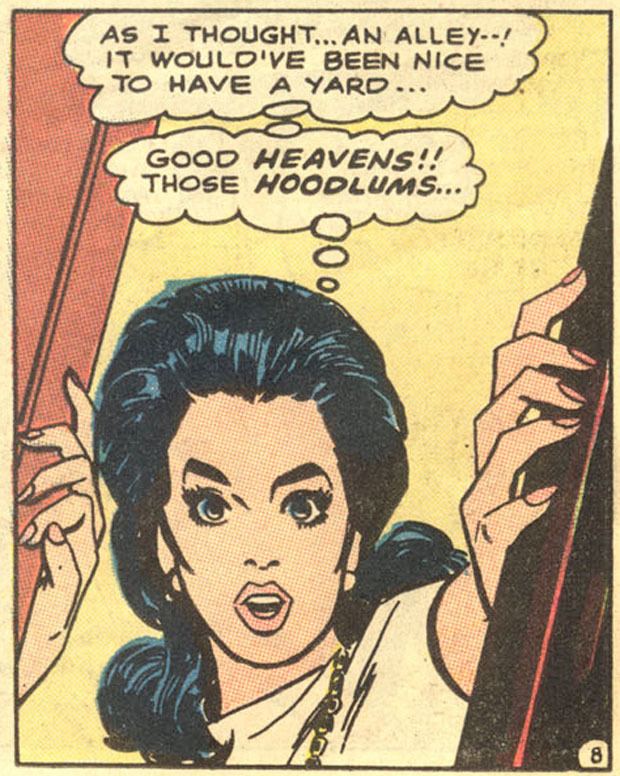
Early life and career

Sekowsky was born in Lansford, Pennsylvania, and began working in the comics medium in 1941, as an artist at Marvel Comics' predecessor, Timely Comics, in New York City. There he worked as both a cartoonist on such humor features as "Ziggy Pig and Silly Seal", and as a superhero artist on such star characters as Captain America and the Sub-Mariner in issues of All Winners Comics, Daring Comics, Marvel Mystery Comics, USA Comics, and Young Allies Comics. Sekowsky developed a reputation as one of the fastest artists in the comics field. Fellow Timely artist Gene Colan commented on his work: "His pencils were something to behold. Very loose, but so beautifully done. At the time, there was no one like him."
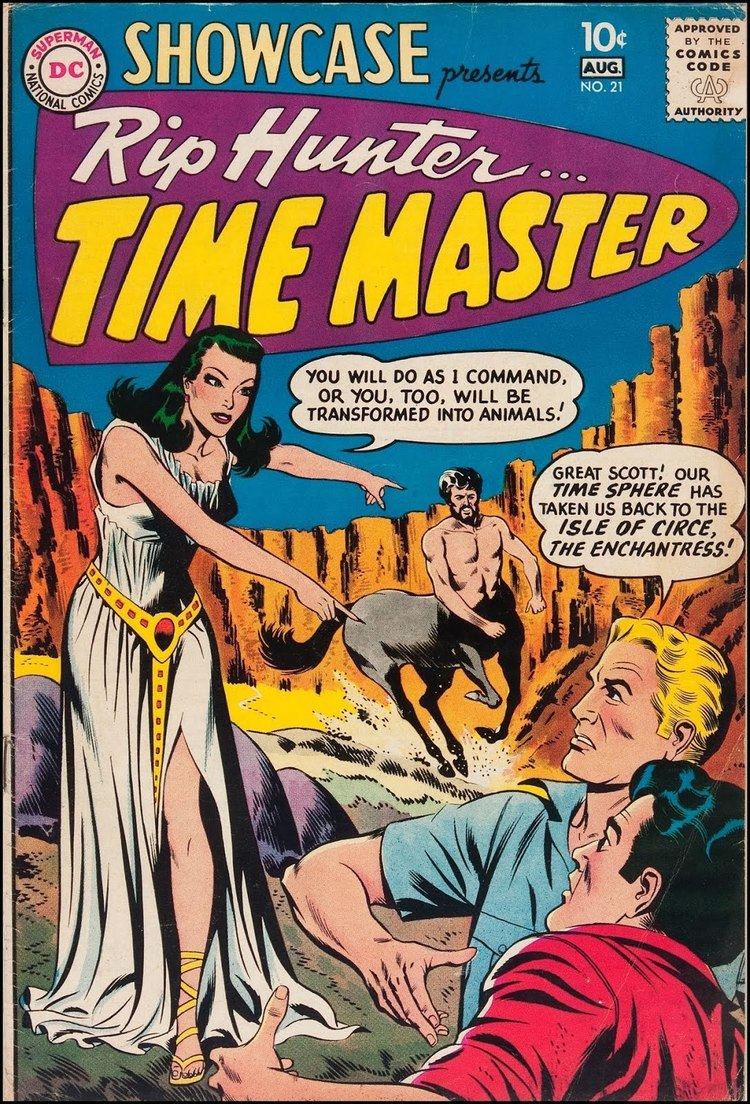
During the 1940s, Sekowsky married his first wife, Joanne Latta. Concurrently, he began a complicated relationship with artist Valerie (a.k.a. Violet) Barclay, who was working at the Manhattan restaurant Cafe Rouge. As Barclay recalled in a 2004 interview, "I was 17, and ... was making $18 a week as a hostess. Mike said, 'I'll get you a job making $35 a week as a [staff] inker, and you can [additionally] freelance over the weekend. I'll let you ink my stuff'. He went to editor Stan Lee and got me the job. I didn't know anything about inking. [Staff artist] Dave Gantz taught me — just by watching him". Sekowsky bestowed expensive gifts on her even after his marriage to Latta, causing friction in the Timely bullpen, which she left in 1949. She later described the office environment,
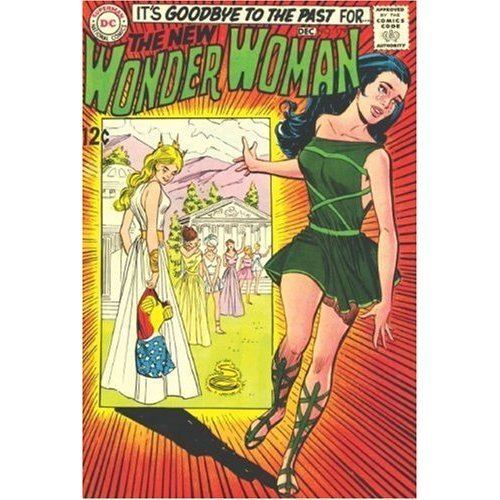
Mike was a very good human being. Everybody at Timely liked Mike. Nobody liked me because they thought I was doing a number on him. Which was true. World War II was on and there were no men around, so I just killed time with him. Everybody, Dave Gantz especially, picked up on that. ... [Mike] once tried to get me fired over my fling with [Timely artist] George Klein. Mike went to Stan Lee and said, 'Stan, I want her fired, and if she doesn't get fired, I'm going to quit'. Well, you couldn't ever tell Stan Lee what to do. Stan said, 'Well, Mike, it's been nice knowing you'.
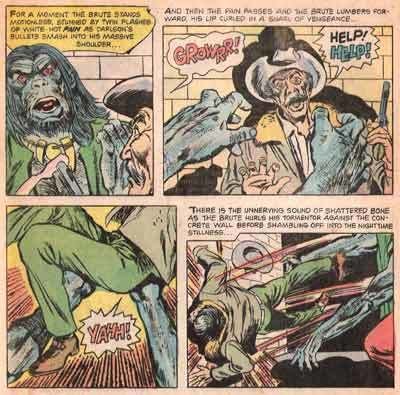
Sekowsky, one of the nascent Marvel Comics' mainstays, chose to remain and "make George's life hell", Barclay said in 2004. She further described, "I was married before I met Mike, but my husband's divorce was not final. ... [I] had to go to court and get an annulment. Mike paid for it and it cost $350".

Sekowsky continued drawing for Timely in multiple genres through the 1940s and into the 1950s, on such Western characters as the Apache Kid, the Black Rider, and Kid Colt for Marvel's 1950s iteration, Atlas Comics. He later freelanced for other companies, drawing the TV-series spin-offs Gunsmoke and Buffalo Bill Jr. for Dell Comics; romance comics (for Crestwood, Fawcett Comics, Nedor, Quality Comics, and St. John Publications); the jungle adventure Ramar of the Jungle for (Charlton Comics); war, including Ziff Davis' G.I. Joe, and others. He continued to draw for Dell in particular through the early 1960s.
DC Comics
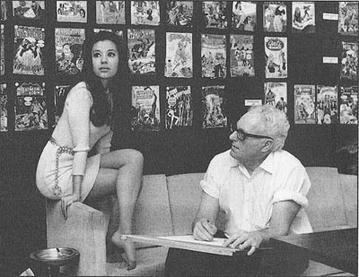
In 1952, Sekowsky began working at DC Comics, where he drew romance comics and science fiction titles under the editorship of Julius Schwartz. Sekowsky drew the first appearance of Adam Strange in Showcase #17 (Nov. 1958). In 1960, Sekowsky and writer Gardner Fox co-created the Justice League of America in The Brave and the Bold #28 (March 1960). After two further appearances in that title, the team received its own series which Sekowsky drew for 63 issues. Fox and Sekowsky added to the membership of the Justice League by inducting new members Green Arrow, the Atom, and Hawkman. Among the adversaries which Fox and Sekowsky introduced for the team were Amazo and Doctor Light. Justice League of America #21 and #22 (Sept. 1963) saw the first team-up of the Justice League and the Justice Society of America as well as the first use of the term "Crisis" in reference to a crossover between DC's characters. The following year's JLA team-up with the Justice Society introduced the threat of the Crime Syndicate of America of Earth-Three.
Sekowsky married his second wife, Josephine, called Pat, in October 1967.
Sekowsky and writer Bob Haney introduced B'wana Beast in Showcase #66 (Feb. 1967). In 1968, Sekowsky became the penciler of Metal Men. The following year, Sekowsky also became the writer and changed the direction of the series by having the Metal Men assume human identities. The series was canceled six issues later.
At roughly the same time, Sekowsky began working on Wonder Woman with issue #178 (Sept.-Oct. 1968), first as artist and then as writer and editor, until issue #198. His run on the series included a variety of themes, from espionage to mythological adventure. He contributed a story about Wonder Woman and Batman to The Brave and the Bold.
Sekowsky wrote and drew features for the series-tryout comic-book series Showcase during the last three years of its run, including "Jason's Quest", an adventure series about a young man on a motorcycle searching for his family, in Showcase #88-90 (Feb.-May 1970). He became the writer/artist of the Supergirl feature in Adventure Comics as of issue #397 (Sept. 1970) and frequently disregarded continuity by scripting stories which contradicted DC's canon.
Later career
Upon leaving DC, Sekowsky returned to Marvel, where he had gotten his start in the 1940s. From 1971 to 1975, he sporadically provided penciling for stories in Amazing Adventures vol. 2, featuring the Inhumans; and Giant-Size Super-Villain Team-Up.
Sekowsky and writer Greg Weisman planned a Black Canary miniseries in 1984 for DC Comics. After the first issue was pencilled, the project went unpublished due to the character being used in writer/artist Mike Grell's Green Arrow: The Longbow Hunters series. Elements were used for Weisman's DC Showcase: Green Arrow short film. Sekowsky returned to Justice League of America to pencil a flashback tale in issue #240 (July 1985), which featured the Justice League from his era.
For the last decade of his life, Sekowsky lived in Los Angeles and worked primarily on Hanna-Barbera animated television series, including Scooby-Doo. After hospitalization with health problems stemming from diabetes, he began freelancing for publisher Daerrick Gross, who was developing a line of skateboard and ninja comics. Sekowsky died before he could complete the assignment.
Awards
Sekowsky won a 1963 Alley Award for Favorite Novel ("Crisis on Earths 1 and 2" in Justice League of America #21 and #22 with Gardner Fox) and a 1981 Inkpot Award.
